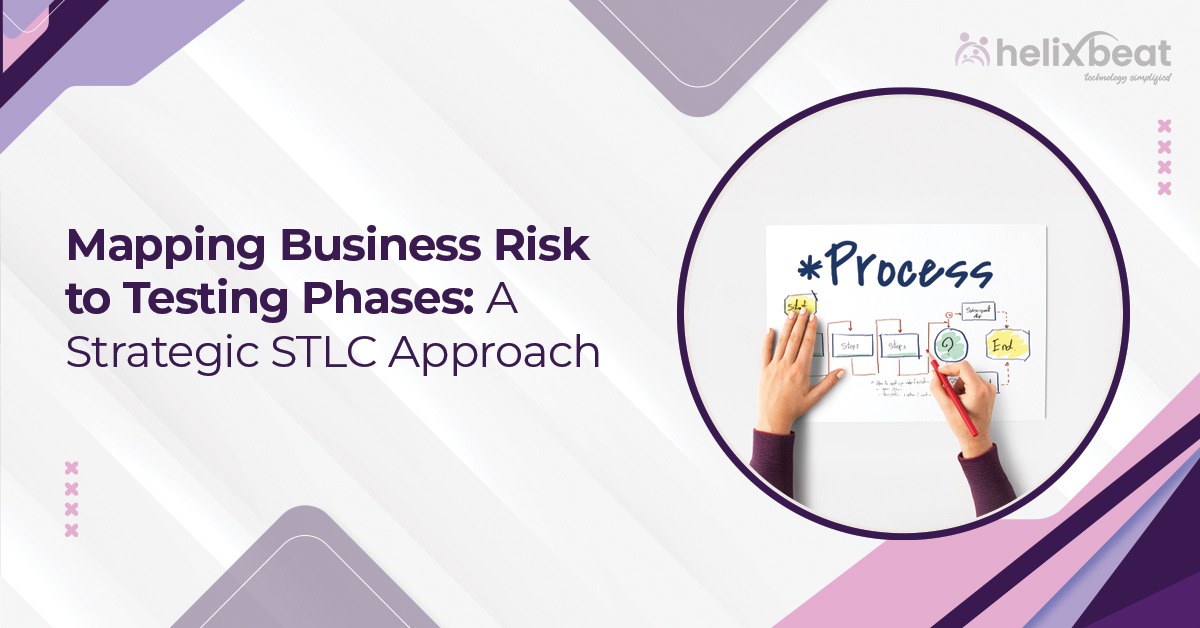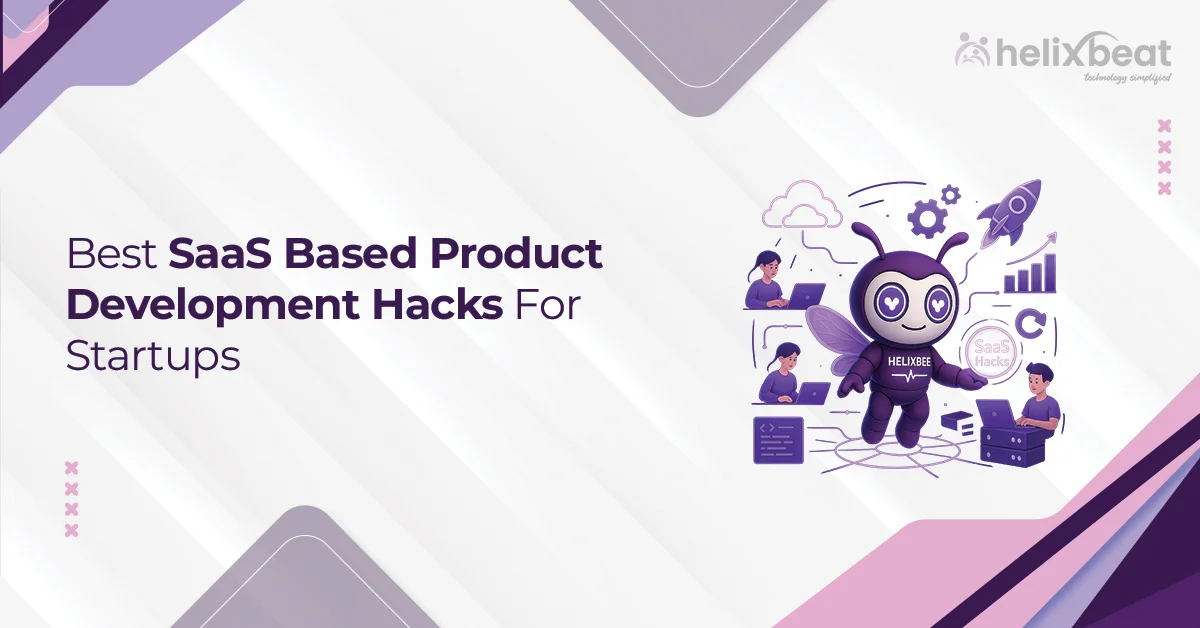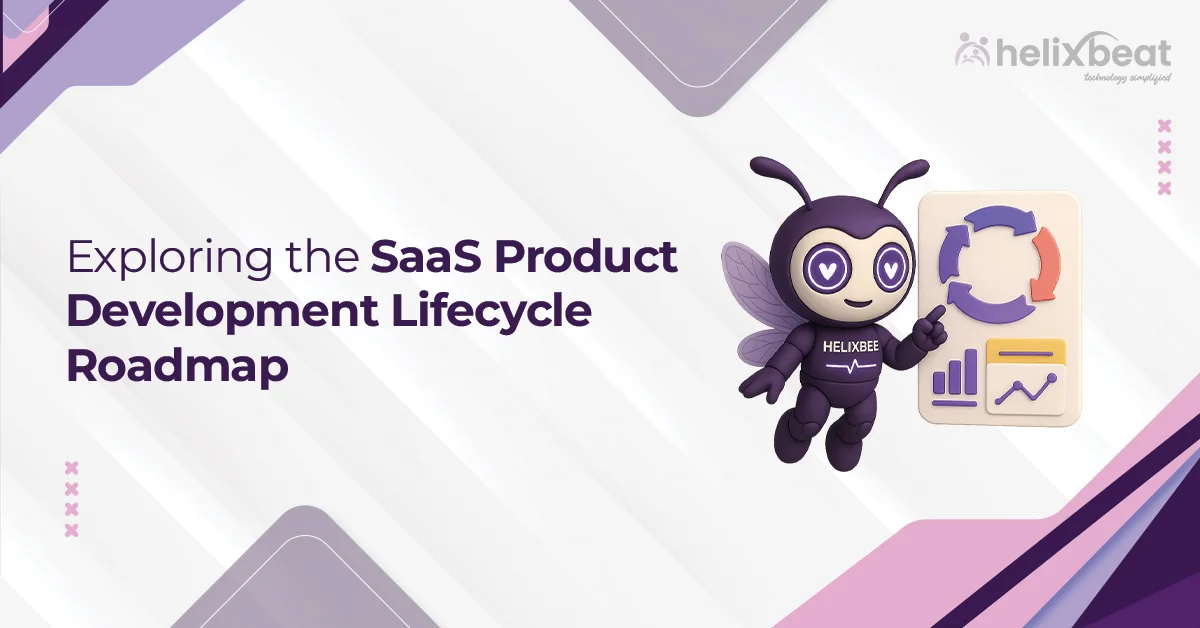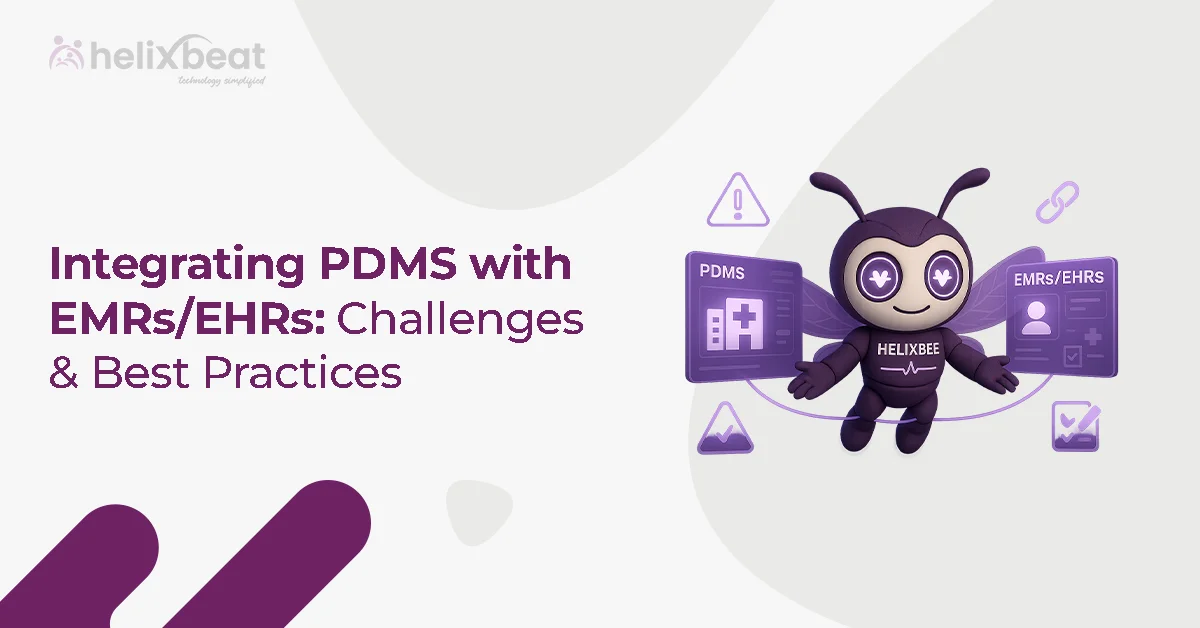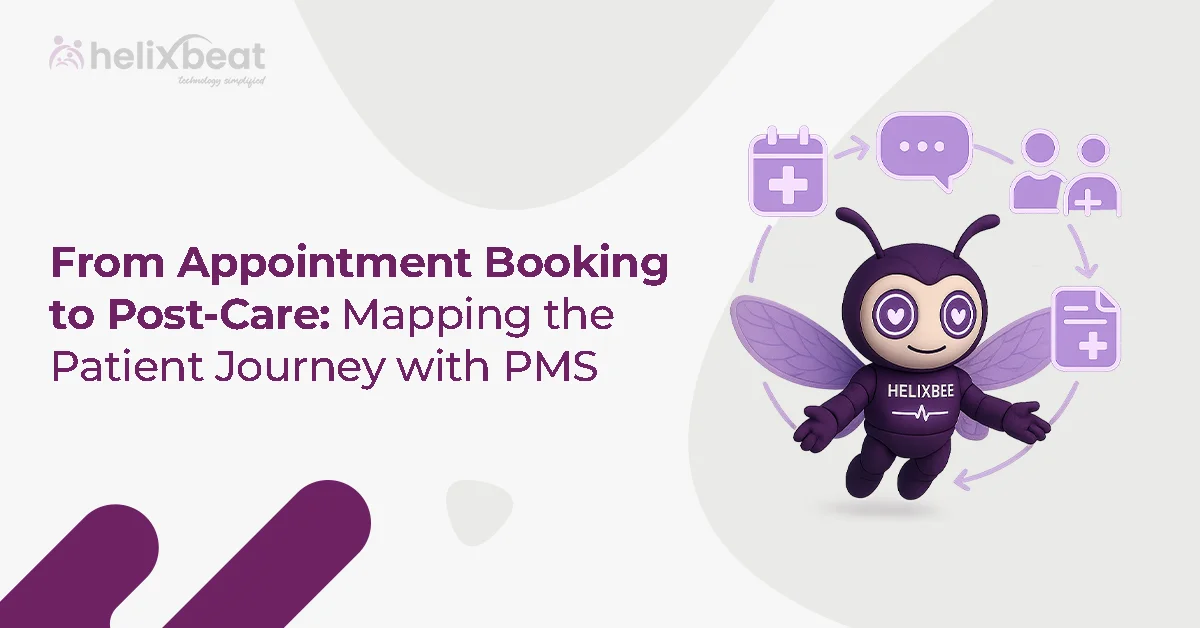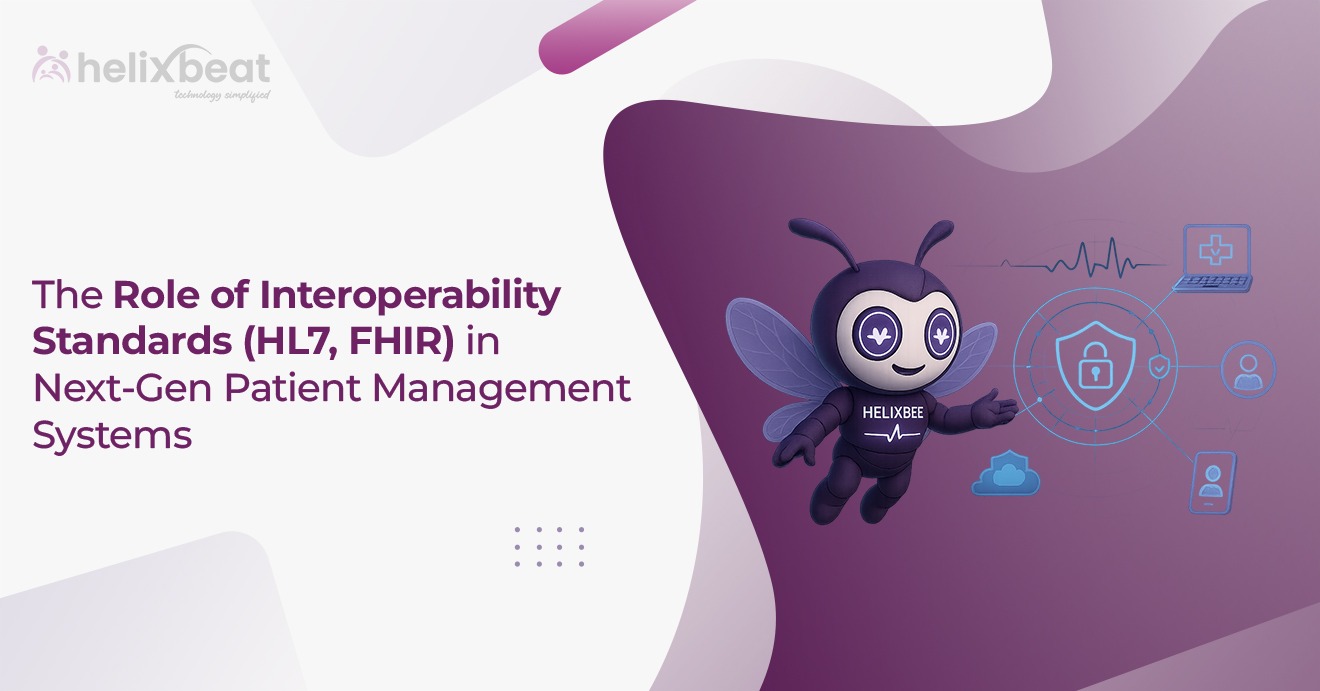Software issues can lead to major losses for businesses costing over $2.4 trillion annually in the U.S. alone, according to CISQ. In many cases, these issues happen because testing didn’t focus on the areas that mattered most to the business.
As software becomes a key part of how businesses run, testing needs to go beyond basic checks and align closely with business priorities.
The Software Testing Lifecycle (STLC) provides a structured process for planning, designing, executing, and closing testing activities.
However, to reduce risk and improve product quality, each phase of STLC should be mapped to potential business risks. Let’s see how aligning testing phases with business risks can help avoid costly mistakes and lead to better software.

Table of Contents
What is the Software Testing Lifecycle?
The Software Testing Lifecycle (STLC) is a step-by-step process that helps teams plan and carry out testing in an organized way. It includes important phases like understanding requirements, planning tests, writing test cases, setting up the test environment, running the tests, and closing the process with a final report.
Each phase has a clear goal and helps make sure the software is tested properly before it goes live. STLC is better than random or unplanned testing because it helps find bugs early, improves test coverage, and keeps testing on track with project timelines.
Difference between STLC vs SDLC
While SDLC covers the entire process of software development from planning to deployment, STLC focuses specifically on the testing phases within that cycle to ensure the final product meets quality standards.
| Aspect | SDLC (Software Development Life Cycle) | STLC (Software Testing Life Cycle) |
| Definition | It is the overall process of developing software, including planning, designing, coding, testing, and deployment. | It is a subset of SDLC focused only on the testing phases, starting from test planning to closure. |
| Scope | Covers end-to-end software development, including requirements gathering, design, development, testing, and maintenance. | Focuses solely on the validation and verification of the software to identify and fix bugs. |
| Primary Objective | To build and deliver a functional and robust software application. | To detect defects and assess software quality before release. |
| Phases Involved | Includes phases like requirement gathering, system design, implementation, testing, deployment, and maintenance. | Includes test planning, test case design, environment setup, test execution, defect tracking, and closure. |
| Ownership | Involves developers, business analysts, architects, testers, and project managers. | Primarily involves QA engineers, testers, and test managers. |
Common Business Risks in Digital Product Development
Building a digital product is not just about writing code; it’s about managing real business risks that can impact performance, security, user trust, and revenue. When these risks are not addressed early through a structured approach like Software Testing Lifecycle, the results can be costly.
Here are some of the most common risks to watch out for:
1. Security Vulnerabilities
Security issues are among the biggest risks in digital products, especially in sectors like finance or healthcare. For example, a banking app that doesn’t encrypt its API communication could leak sensitive user data, exposing the company to lawsuits and damaging its reputation.
According to IBM’s 2023 report, the average cost of a data breach is $4.45 million, making early security testing a business-critical step.
2. Performance Failures During Peak Load
Even well-coded apps can fail when too many users access them at once. A typical example is an e-commerce platform that crashes on a major sale day due to a lack of performance testing.
Not only does this lead to lost sales, but according to Akamai, 53% of users will abandon a site if it takes more than 3 seconds to load, directly affecting revenue and customer loyalty.
3. Poor User Experience (UX)
A confusing or frustrating user experience can be just as damaging as a technical error. Consider a travel booking app where users abandon their carts because of too many steps or unclear navigation. Even if the backend works fine, such issues drive customers away.
PwC reports that 32% of users stop interacting with a brand after just one bad experience.
4. Lack of Scalability
Products that aren’t built to scale often face major rework as user demand grows. For instance, a SaaS tool designed without modular architecture might perform well for 1,000 users but slow down drastically at 10,000. This results in delays, higher infrastructure costs, and missed business opportunities.
McKinsey research shows that scalability issues delay digital product delivery by 25% on average.
5. Regulatory and Compliance Failures
Failing to meet regulations like GDPR, HIPAA, or PCI-DSS can result in fines and reputational damage. A healthcare platform that doesn’t secure patient data properly might face legal action for violating HIPAA guidelines.
Studies show that non-compliance costs businesses 2.7 times more than staying compliant, making compliance testing an essential part of risk-based QA.
How to Match Business Risks with Each Step in the Software Testing Process
To improve software quality and avoid costly failures, it’s important to link business risks with each phase of the Software Testing Lifecycle (STLC). This helps teams focus on what matters most like security, performance, or critical features and test them thoroughly.
Here’s how risk can be addressed at every stage:
1. Requirement Analysis
Missing or unclear requirements can lead to gaps in testing. Risk mapping helps identify business-critical areas early, so they receive more focus in test planning.
2. Test Planning
Poor planning may result in not testing high-risk modules. By assessing risks upfront, teams can prioritize resources, tools, and timelines around the most important functions.
3. Test Case Development
Without risk mapping, test cases may ignore edge cases or failure paths. Prioritizing high-risk scenarios ensures better test coverage.
4. Test Environment Setup
An unstable or incomplete environment can cause false results. Identifying risks here means preparing the right setup to simulate real-world usage.
5. Test Execution
During this phase, prioritizing high-risk test cases helps catch critical issues faster. It also reduces the chance of bugs slipping into production.
6. Test Closure
This final phase evaluates whether all high-risk areas have been addressed. If any critical defects are unresolved, the risk of release is too high.
By aligning testing efforts with risk at every stage of the software testing lifecycle, teams can make smarter decisions, reduce failures, and deliver more reliable software.
The Advantages of Linking Testing with Business Risks
Linking testing to business risks helps teams focus on what truly matters like critical features, user data, or uptime. Instead of testing everything equally, you test smarter.
This approach reduces post-release issues and supports faster, more confident decision-making. Here are four key advantages:
- Smarter Use of Time and Resources: Focus testing on high-risk areas to avoid wasting effort on low-impact features.
- Fewer Critical Bugs in Production: Catch major issues earlier and reduce the chance of business disruption.
- Better Product Quality Where It Counts: Prioritize testing for important features like payments or user authentication.
- Stronger Confidence in Every Release: Know that the biggest risks have been tested and addressed.
According to Capgemini’s World Quality Report, 63% of organizations use risk-based testing to improve efficiency and reduce defects.
Why Helixbeat Is the Best Choice for QA Testing
Helixbeat stands out because we go beyond just finding bugs; we help teams build reliable, secure, and scalable digital products. Our Testing as a Service model is designed for fast-moving product teams that need quality at every stage without slowing development down.
With Helixbeat, you get:
- Risk-Based Testing Strategies aligned with business priorities
- Automation, performance, and compliance testing under one roof
- Seamless CI/CD integration for faster, more confident releases
- Real-time QA dashboards to track test coverage, defect trends, and release readiness
- Dedicated QA experts who adapt to your tools, timelines, and tech stack
Whether you’re launching a new app or scaling an enterprise platform, Helixbeat gives you the quality foundation to move fast and stay ahead. Choose Helixbeat, where smart QA meets business goals. Book a free demo now.
FAQ:
1. What is a bug’s life cycle?
The bug life cycle is the process a software defect goes through from the moment it’s found to when it’s fixed and closed. It includes stages like New, Assigned, In Progress, Fixed, Retested, and Closed. This cycle helps QA teams track and manage issues efficiently during the testing process.
2. Example of bug life cycle in software testing
Let’s say a tester finds a login error in an app. The bug is marked as “New,” and then assigned to a developer. The developer fixes it, and the status becomes “Fixed.” The QA team then retests the login. If it works, the bug is marked “Closed.” If not, it’s marked “Reopened” and sent back to the developer.
3. Why software testing lifecycle is important for businesses?
The Software Testing Lifecycle (STLC) helps teams follow a structured approach to testing. It improves test coverage, catches bugs early, saves time, and reduces cost. For businesses, it ensures better product quality, faster releases, and fewer issues after launch.
4. What are the 7 phases of SDLC?
The 7 phases of the Software Development Life Cycle (SDLC) are:
- Planning
- Requirement Analysis
- Design
- Development
- Testing
- Deployment
- Maintenance
Each phase makes sure the software meets business goals and user needs.
5. What is the principle of QA?
The core principle of Quality Assurance (QA) is to prevent defects rather than just find them. It focuses on building quality into every stage of the development process through planning, process improvement, reviews, and continuous feedback.



